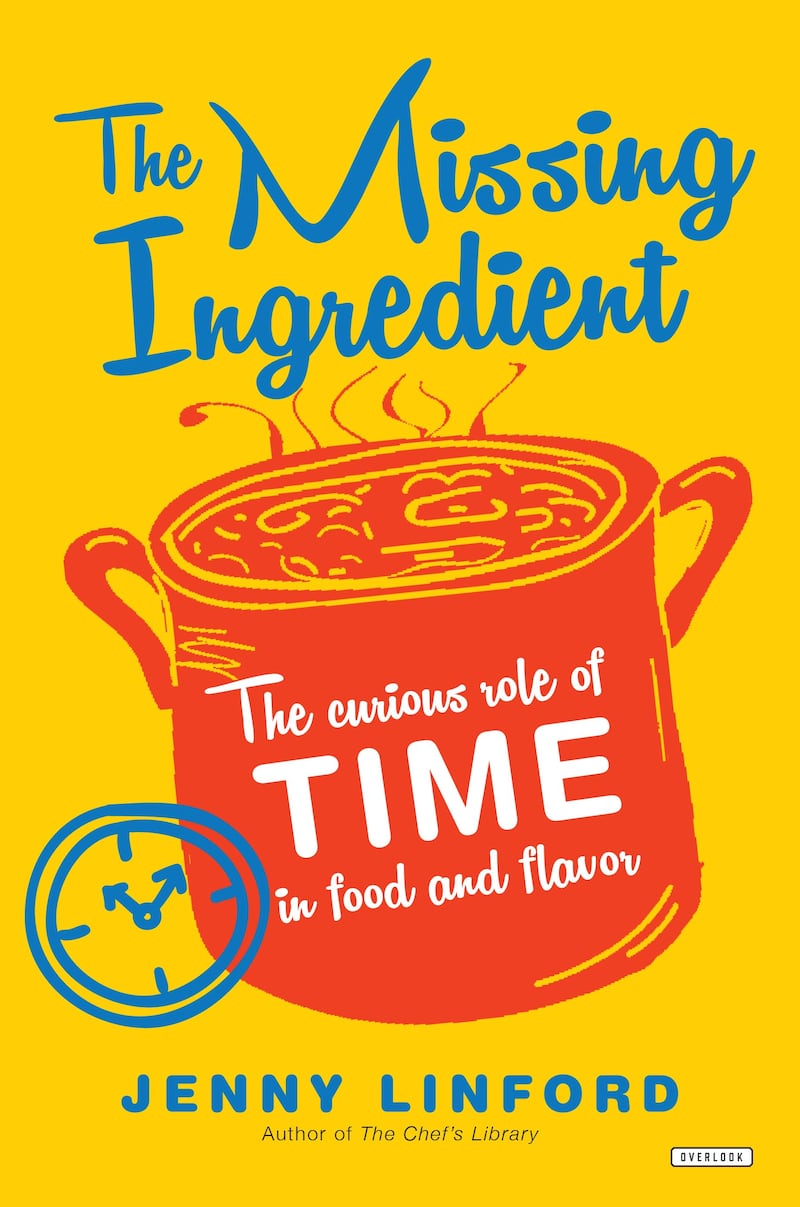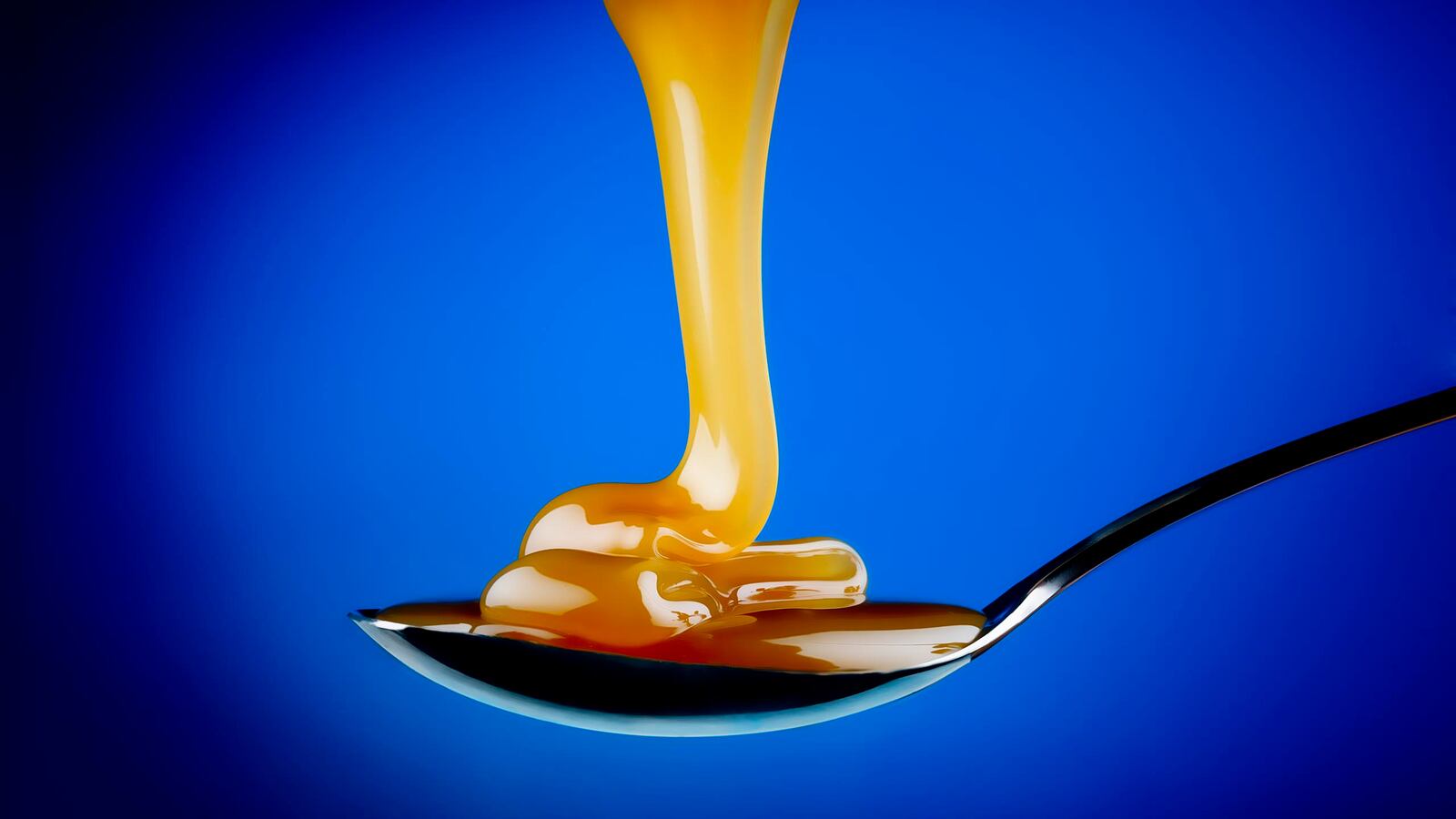Sugar and heat are all that is required in order to make caramel. As a child, I remember the fun of heating sugar and water until it caramelized, pouring out the golden syrup onto a tray, waiting for it to set and harden, and cracking it into shard-like pieces that I enjoyed as sweets. On the face of it, therefore, caramel seems simple. It is an ingredient that has many uses in the world of pâtisserie and confectionery. In restaurant kitchens, caramel is classically combined with egg custard to create French desserts such as crème brûlée and crème caramel. As the sugar is heated, the caramel changes color in stages and the different caramels created have a range of uses. Pale caramel is used to glaze petits fours, while darker caramel, with its more intense taste, is used to flavor desserts. The visual potential of caramel – the ability to draw out the syrup into fine threads that harden as it cools – is epitomized in that French pâtisserie classic the croquembouche, for which legendary French chef Antonin Carême gave an early recipe in his 1815 cookbook, Le Pâtissier Royal Parisien. This elaborate creation is a spectacular pyramid of choux pastry balls, bound together and decorated with threads of caramel.

Recent years have seen the rise in popularity of salted caramel. My favorite version of it is made by British chocolatier Paul A. Young, whose award-winning salted caramel truffles – glossy domes of chocolate filled with smooth, rich salty-sweet caramel – are one of his perennial best-sellers. A visit to renowned pastry chef Claire Clark’s workplace kitchens, housed on a light industrial estate in London, offered a glimpse into the intricate realities of working with caramel professionally. “Caramel is really important to pastry chefs,” Clark tells me, “up there with chocolate and nuts. It’s used for a lot of things, not just sauces: a finishing item, a flavor and a colorant.”
Belying its sweet taste and the way in which it is used to create dainty treats, there is a ferocity to the making of caramel. Caramelizing sugar is dangerous because of the high temperatures required to trigger caramelization and the tenacious way that melted sugar retains heat. When you learn to make caramel as an apprentice chef you are never left unsupervised, because of the temperatures – and so the risk of getting serious burns – and the fact that the process goes so rapidly. The quickest way of making caramel, Clark demonstrates, is what she calls “direct caramel,” using solely sugar. First, a heavy-based pan is preheated over a high heat, then Clark adds just enough white sugar to coat the base of the pan. As it hits the hot metal it “smokes” and begins to color at once. More sugar is added in stages, Clark stirring in each addition thoroughly. The sugar has to be added gradually to prevent burning at the base, creating lumps of hard sugar. Within a few minutes, she has created a dark caramel, the color of chestnuts; perfect for a butterscotch sauce, sticky toffee pudding, nut brittle…
There is also another method Clark uses to make caramel: the “indirect” way, in which sugar is combined with water before being caramelized. Creating caramel this way takes a few minutes longer, because of the time taken to drive off the water. The advantage to making caramel this way is that the process is longer, offering a more nuanced control over the color of the caramel. The indirect method, or “wet” method, brings with it, however, a higher risk of crystallization, when the melted sugar starts to form crystals once again, creating flaws and streaks in the caramel that can’t be corrected. Clark takes certain measures to prevent this: using good-quality sugar and adding a touch of glucose syrup to the pan with the sugar. Water is poured in, enough to cover the white sugar, but not a huge amount. “You don’t want too much water,” she comments, “as the longer it boils, the more risk of crystallization.” Having stirred it to “slush,” she puts the pan over a fierce heat, in order to bring it quickly to the boil and so minimize the risk of crystallization. Soon, the surface of the syrup is covered with a layer of bubbles. “Don’t agitate the pan at this stage,” she stresses. As the sugar and water mixture boils away in a hypnotic fashion, I realize that Clark, although relaxed and chatty in manner, is keeping a vigilant, hawk-like eye on proceedings. As she talks to me, she frequently brushes the sides of the pan down with a wet pastry brush: “I don’t want sugar crystals falling back in and I don’t want splashes to color on the sides, then fall back into the syrup.” Glancing at the mixture, she notes, “It’s bubbling ferociously and the bubbles are very small, so I know that at this stage it’s not even at soft ball.” The “soft ball” stage is reached by sugar syrups at 235–240°F; at this stage a small amount of syrup dropped into cold water forms a flexible ball. A few seconds later, however, she points out that the bubbles are slowing and getting bigger, becoming visibly denser: “It will begin to caramelize soon,” she forecasts. Sure enough, the syrup around the edge of the pan is taking on a golden hue. Clark pulls the mixture off direct heat, lets it rest, then gently but thoroughly shakes the color through the rest, spooning out a little to set on a tray. Returned to the heat, the mixture speedily turns several shades darker. “This is what I would say is almost the perfect color, a golden color. The only way to stop the process now is to plunge the pan into cold water to cause the caramel to seize.” Despite being taken off direct heat, I can see the implacable way in which the caramel changes color over a matter of seconds, going from a dark brown (“good for a crème caramel, as the bitterness would contrast with the custard”) to a very dark brown. Part of Clark’s skill is being able to “predict” the changing color of the caramel as time passes. The samples on the tray have hardened and set, taking on a clear, glass-like appearance, ranging in color from a delicate yellow to a treacly black-brown. Each of these stages, Clark explains, differs not only in color, but in flavor, with the darkest color being the most bitter. “This very dark caramel we would use for coloring; for example, we use it to color a caramel cheesecake that we make. The bitterness works well with the sweetness of the mixture.”
As a pastry chef, Clark will choose indirect or direct caramelization depending on what she wants to use it for. In making Florentines, for example, she would use the indirect caramel method, adding double cream and butter to sugar and honey and caramelizing it but only cooking it to a pale golden color. She knows that the mixture, thickened with chopped nuts, peel and candied fruits, will be shaped and baked, with the time in the oven deepening the hue from pale gold to brown and causing the caramel to set.
One of the big issues for professional pâtissiers is achieving consistency of color. The ability to work speedily with caramel once it’s at the desired point is vital. For example, making a nougatine – a mixture of light caramel and nuts – requires the caramel nut mixture to be rolled out speedily while it’s at the right temperature. If it cools and becomes hard, it can be “rescued” by being softened in the oven and worked again, but the oven’s heat will affect the color.
“Making caramel is very, very visual. Repeating a color consistently is a massive challenge,” Clark tells me. “At the French Laundry [the California restaurant where Clark was head pastry chef], it was unacceptable to have anything but the exact shade of color; there was no leeway! A thermometer won’t help, because there are so many factors. It’s about how fast you cool it down, how fast you work. It is very reliant on the skill and experience of individuals. To work quickly with caramel takes time to learn.”
In the world of pâtisserie, the sheer speed of caramelization means that it requires skill and patience to harness and use it effectively.
From The Missing Ingredient by Jenny Linford. Copyright © 2018 by Jenny Linford. Published by The Overlook Press, an imprint of ABRAMS, New York. All rights reserved.






